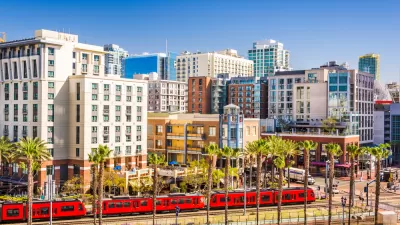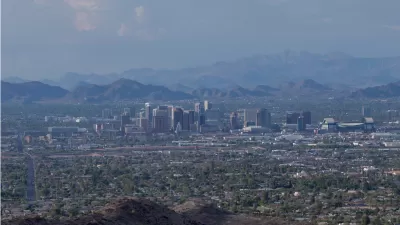Environmental reporting has been one of the major casualties as newspapers downsize, particularly in places where the in-depth coverage is most needed.

Charles Bethea writes about impacts that cuts in newspaper staff are having on environmental reporting, particularly in parts of the country where coal mining is still prevalent.
In Louisville, Kentucky, the Courier-Journal was a nationally recognized paper with 300 employees when Gannett Publications bought it in 1986, but today it has a staff of just 60. James Bruggers, the Courier-Journal’s longtime environmental reporter left last year, and he has not been replaced.
Environmental advocates and journalists say the loss of a full-time beat reporter means that a host of important topics — including the impacts of mining on the environment and workers’ health, air and water quality, logging, and global warming — are not being covered in depth. While general assignment reporters at other papers are picking up some of the slack, they are not able to devote the time and resources needed to stay on top of these stories.
In addition, says Bethea, a shift away from local papers to national coverage is less than ideal. The Courier-Journal was on the radar of other news outlets as well as local and state officials, and Bruggers' coverage led to regulatory and policy changes. But now a lack of bureaus in most parts of Kentucky means that the poorest and most vulnerable communities in the state and those hardest hit by environmental issues are largely overlooked.
FULL STORY: Shrinking Newspapers and the Costs of Environmental Reporting in Coal Country

Planetizen Federal Action Tracker
A weekly monitor of how Trump’s orders and actions are impacting planners and planning in America.

Map: Where Senate Republicans Want to Sell Your Public Lands
For public land advocates, the Senate Republicans’ proposal to sell millions of acres of public land in the West is “the biggest fight of their careers.”

Restaurant Patios Were a Pandemic Win — Why Were They so Hard to Keep?
Social distancing requirements and changes in travel patterns prompted cities to pilot new uses for street and sidewalk space. Then it got complicated.

Albuquerque Route 66 Motels Become Affordable Housing
A $4 million city fund is incentivizing developers to breathe new life into derelict midcentury motels.

DC Area County Eliminates Bus Fares
Montgomery County joins a growing trend of making transit free.

Platform Pilsner: Vancouver Transit Agency Releases... a Beer?
TransLink will receive a portion of every sale of the four-pack.
Urban Design for Planners 1: Software Tools
This six-course series explores essential urban design concepts using open source software and equips planners with the tools they need to participate fully in the urban design process.
Planning for Universal Design
Learn the tools for implementing Universal Design in planning regulations.
Heyer Gruel & Associates PA
JM Goldson LLC
Custer County Colorado
City of Camden Redevelopment Agency
City of Astoria
Transportation Research & Education Center (TREC) at Portland State University
Camden Redevelopment Agency
City of Claremont
Municipality of Princeton (NJ)





























